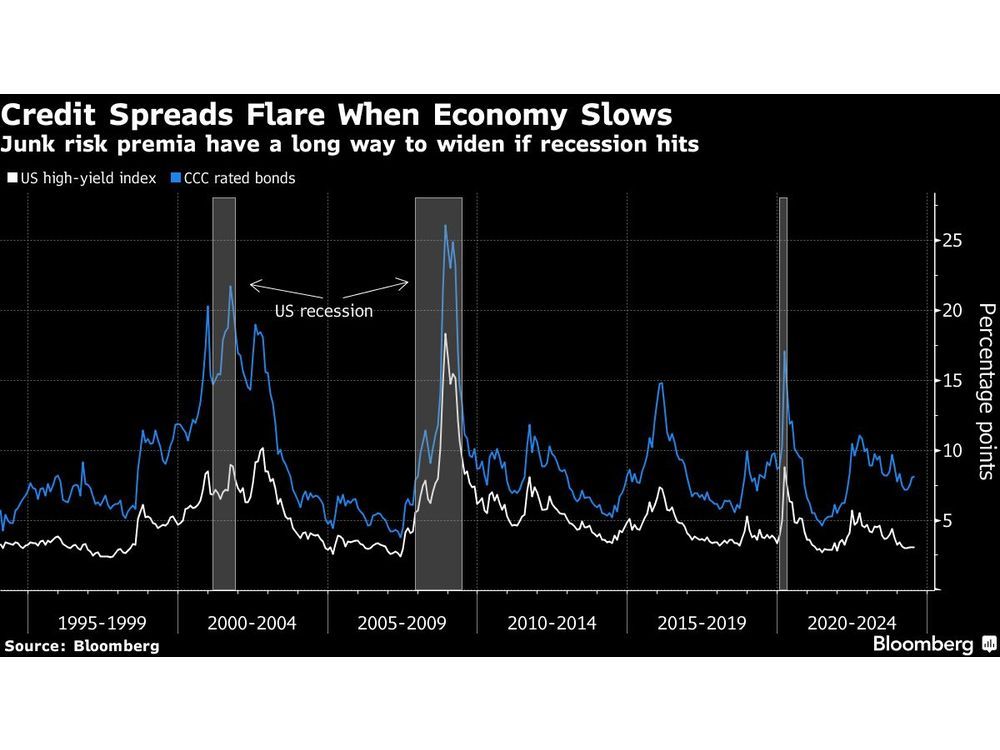Follow us on LinkedIn
Debts fall into several categories based on a common factor. One such classification comes from the lien associated with the specific debt. Usually, they may include first- and second-lien debts. Creditors use these to decrease the default risk on their loans or funds. Before discussing these, it is crucial to understand liens.
What is a Lien?
A lien is a collateral offered over an asset to creditors. Usually, it helps a borrower obtain a loan when the lender requires such security. For the borrower, it helps secure a loan or debt and receives a lower interest rate than when there is no security. On the other hand, it serves as a security for the lender when the borrower fails to repay the debt.
A lien secures the payment of a debt and usually involves two parties. The first party is a lienee who owns the property and offers it as collateral. In contrast, the second party is a lienor who receives the benefit of the underlying security. The definition of a lien may differ between countries and jurisdictions. However, it usually represents security over an asset.
What is a First Lien Debt?
A first-lien debt is a type of debt that includes comes with collateral. With these debts, the borrower loses the rights to the secured asset if they fail to meet their obligations. In other words, the lender can seize control of the underlying asset to recover its losses with a first-lien debt. Therefore, the lender controls the collateral in this type of debt.
First-lien debt provides more security to the lender than other forms of liens. On the other hand, it comes with a substantial disadvantage to the borrower. This type of lien is more common for mortgages where a borrower finances a house or car purchase. In these cases, the underlying asset acquired also acts as security. Any further debt obtained by offering that asset as collateral does not fall under first-lien debt.
What is the difference between First and Second Lien Debt?
The term first-lien debt becomes more relevant once a borrower receives more loans on the same collateral. However, both types of liens are not the same. The primary difference between the two comes from the rights a lender receives on each lien. Since both debts involve the same underlying asset, both lenders cannot have the same control over those rights.
With a first lien, the lender controls the collateral. On the other hand, the second lien debt lender only gets the right to exercise their remedies against it. If the borrower defaults, the first-lien debt lender gets priority. However, they can only use the security to recover the value of their losses. The remaining proceeds from the asset then go to the second lien debt lender.
Conclusion
A lien is collateral borrowers offer to secure a debt and may come in two types. A first-lien debt provides the lender control over the asset. If a borrower fails to repay, the lender can recover losses from the underlying asset. A second lien debt does not come with control over the underlying collateral. Therefore, this type of debt may be more expensive and come with higher risks to the lender.
Further questions
What's your question? Ask it in the discussion forum
Have an answer to the questions below? Post it here or in the forum
Meta rolled back January 6-era restrictions on former President Donald Trump's social media accounts ahead of the Republican National Convention.



June saw 75 filings, up from 62 in May and above the pandemic-era peak of 74 in July 2020, according to S&P Global Market Intelligence.

Credit markets are breathing a sigh of relief after inflation data showed price pressures are cooling broadly, but a weakening economy poses fresh risks to corporate debt.